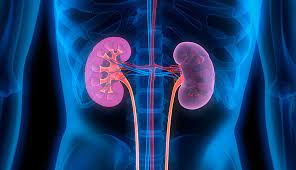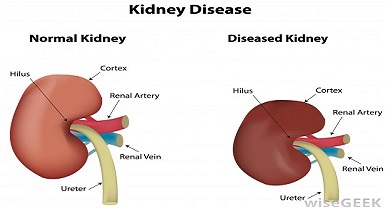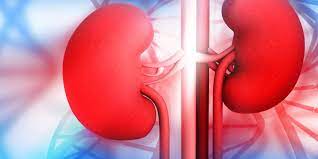Understanding Kidney Disease: Types, Causes & Treatments
The Inside Story: Understanding the Types of Kidney Disease

Introduction: Why Kidney Health Matters
Kidney disease is a growing global health issue affecting millions of people every year. The kidneys play a crucial role in filtering waste, balancing minerals and electrolytes, regulating blood pressure, and producing hormones that support healthy bones. When kidney function is compromised, it can lead to serious health complications and even kidney failure.
At CareForKidney.com, we aim to spread awareness and provide trusted information about kidney-related conditions. In this article, we explore the most common types of kidney disease, their causes, symptoms, and available treatment options.
1. Chronic Kidney Disease (CKD)
What is CKD?
Chronic Kidney Disease is a long-term condition where kidney function gradually declines over time. It’s often linked to underlying conditions such as diabetes and high blood pressure.
Key Facts:
-
CKD affects more older adults, non-Hispanic Black individuals, and people with diabetes or hypertension.
-
CKD is classified into five stages, from mild (Stage 1) to severe (Stage 5 or end-stage renal disease – ESRD).
-
Early diagnosis can slow disease progression through lifestyle changes and medication.
Symptoms of CKD:
-
Fatigue
-
Swelling in feet and ankles
-
Difficulty concentrating
-
Frequent urination (especially at night)
2. Acute Kidney Injury (AKI)
What is AKI?
Acute Kidney Injury is a sudden decline in kidney function, usually triggered by severe illness, dehydration, or injury.
Severity Stages:
-
Stage 1: Mild
-
Stage 3: Most severe, with a higher risk of complications
Survival Rate Insight:
-
Risk of death increases with the severity of AKI — Stage 1 (~5%), Stage 3 (up to 60%).
Common Symptoms:
-
Reduced urine output
-
Swelling
-
Confusion
-
Shortness of breath
3. Glomerulonephritis
Overview:
Glomerulonephritis is inflammation of the tiny kidney filters called glomeruli, leading to reduced kidney function and potential kidney damage.
Key Types:
-
IgA Nephropathy
-
Membranous Nephropathy
-
Lupus Nephritis
Statistics:
-
1.5 cases per 100,000 people annually in the U.S.
-
Most common in men aged 15 to 34
Treatment:
-
Immunosuppressive therapies such as corticosteroids and cyclophosphamide
-
Individualized plans based on the specific type
4. Polycystic Kidney Disease (PKD)
What is PKD?
PKD is a genetic disorder that causes fluid-filled cysts to develop in the kidneys, often leading to kidney enlargement and failure.
Types:
-
ADPKD (Autosomal Dominant PKD): Most common, affects adults
-
ARPKD (Autosomal Recessive PKD): Rare, often diagnosed in infancy or childhood
Complications:
-
High blood pressure
-
Brain aneurysms
-
Liver and pancreas cysts
Prevalence:
-
ADPKD affects 1 in 400 to 1 in 1000 individuals
-
Up to 10% of ESRD cases are due to PK
5. Nephrotic Syndrome
Overview:
Nephrotic Syndrome is characterized by protein leakage into urine, causing swelling, low blood protein, and high cholesterol.
Incidence:
-
3.3 cases per 100,000 person-years
-
More common in males and people aged 15–39
Common Causes:
-
Minimal Change Disease
-
Focal Segmental Glomerulosclerosis (FSGS)
-
Diabetic Nephropathy
-
Lupus Nephritis
Treatment:
-
Immunosuppressants such as corticosteroids or cyclosporine
-
Dietary changes and diuretics
Conclusion: Managing and Preventing Kidney Disease
Kidney disease can lead to serious health complications, including kidney failure, dialysis, or the need for a kidney transplant. Early intervention, such as:
-
Managing blood pressure and blood sugar
-
Adopting a kidney-friendly diet
-
Regular kidney function testing
-
Avoiding overuse of NSAIDs
…can greatly improve outcomes and quality of life.
Remember: If you have risk factors such as a family history, diabetes, or hypertension, talk to your healthcare provider and take proactive steps to protect your kidneys.
Explore More on CareForKidney.com
-
Stories of Kidney Warriors – Careforkidney.com Founder Divyanshu Malik


